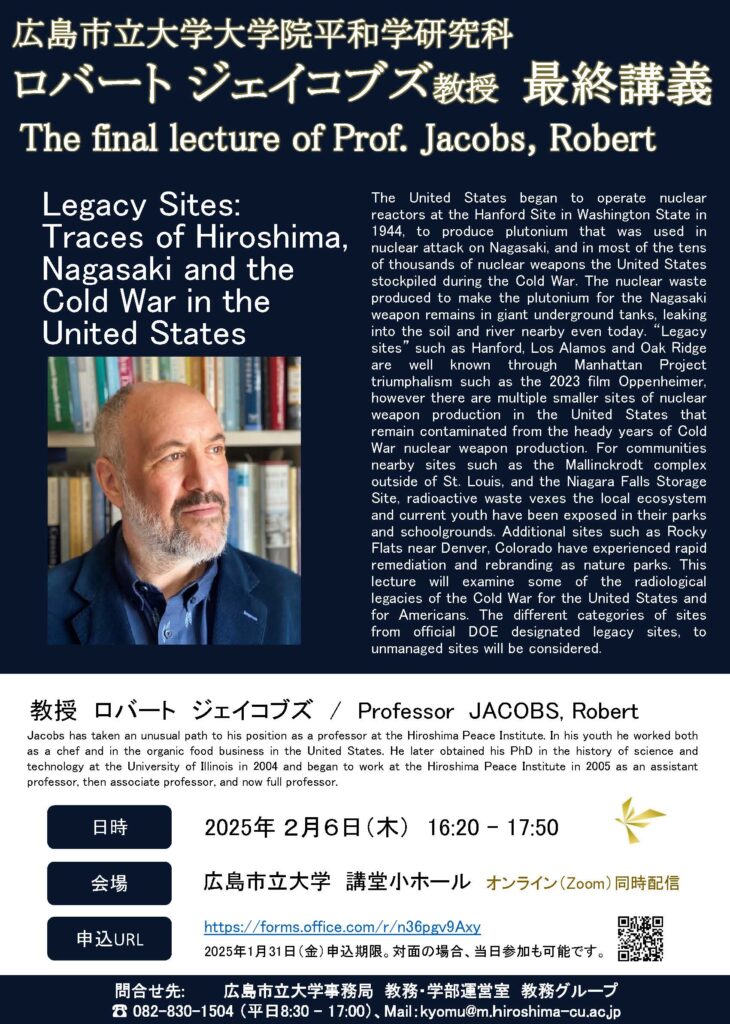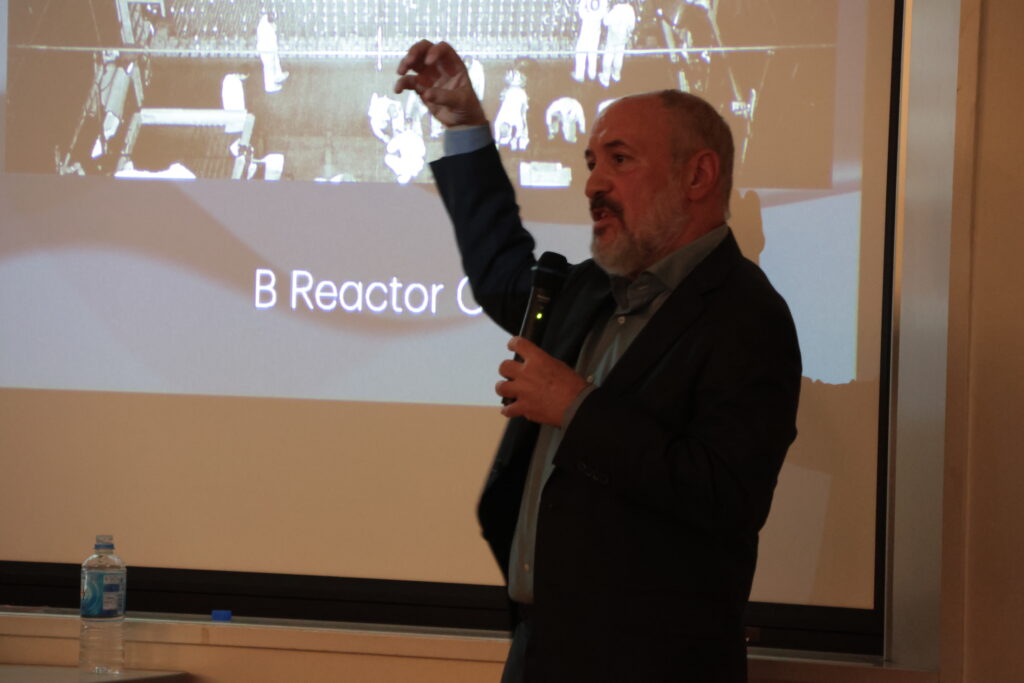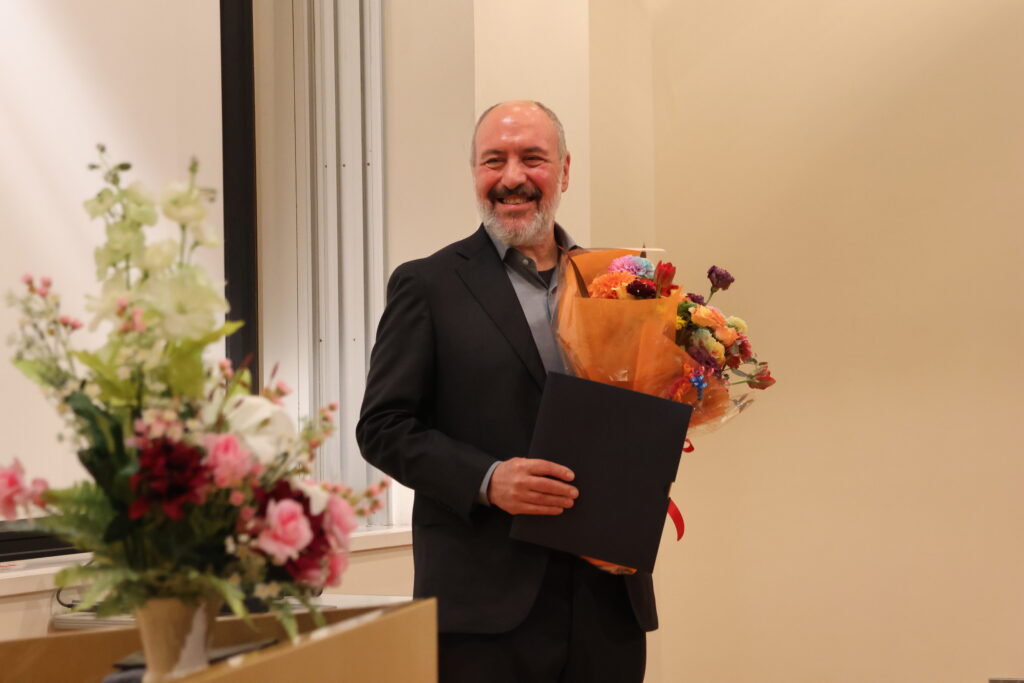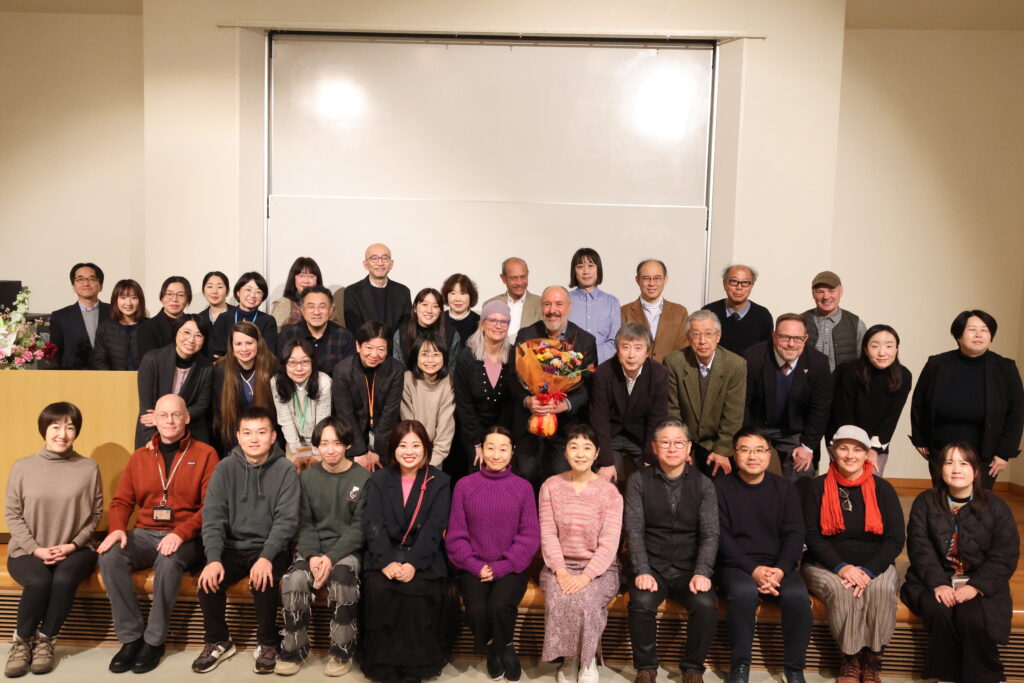Legacy Sites: Traces of Hiroshima, Nagasaki and the Cold War in the United States




今年度をもって定年退職となる平和学研究科のジェイコブズ教授の最終講義(英語による退任記念講演)を開催しました。
日時
2025年2月6日 木曜日 5限目(16:20 – 17:50)
会場
広島市立大学 講堂小ホール
オンライン(zoom)同時配信
題目
Legacy Sites: Traces of Hiroshima, Nagasaki and the Cold War in the United States
概要
The United States began to operate nuclear reactors at the Hanford Site in Washington State in 1944, to produce plutonium that was used in nuclear attack on Nagasaki, and in most of the tens of thousands of nuclear weapons the United States stockpiled during the Cold War. The nuclear waste produced to make the plutonium for the Nagasaki weapon remains in giant underground tanks, leaking into the soil and river nearby even today. “Legacy sites” such as Hanford, Los Alamos and Oak Ridge are well known through Manhattan Project triumphalism such as the 2023 film Oppenheimer, however there are multiple smaller sites of nuclear weapon production in the United States that remain contaminated from the heady years of Cold War nuclear weapon production. For communities nearby sites such as the Mallinckrodt complex outside of St. Louis, and the Niagara Falls Storage Site, radioactive waste vexes the local ecosystem and current youth have been exposed in their parks and schoolgrounds. Additional sites such as Rocky Flats near Denver, Colorado have experienced rapid remediation and rebranding as nature parks. This lecture will examine some of the radiological legacies of the Cold War for the United States and for Americans. The different categories of sites from official DOE designated legacy sites, to unmanaged sites will be considered.
